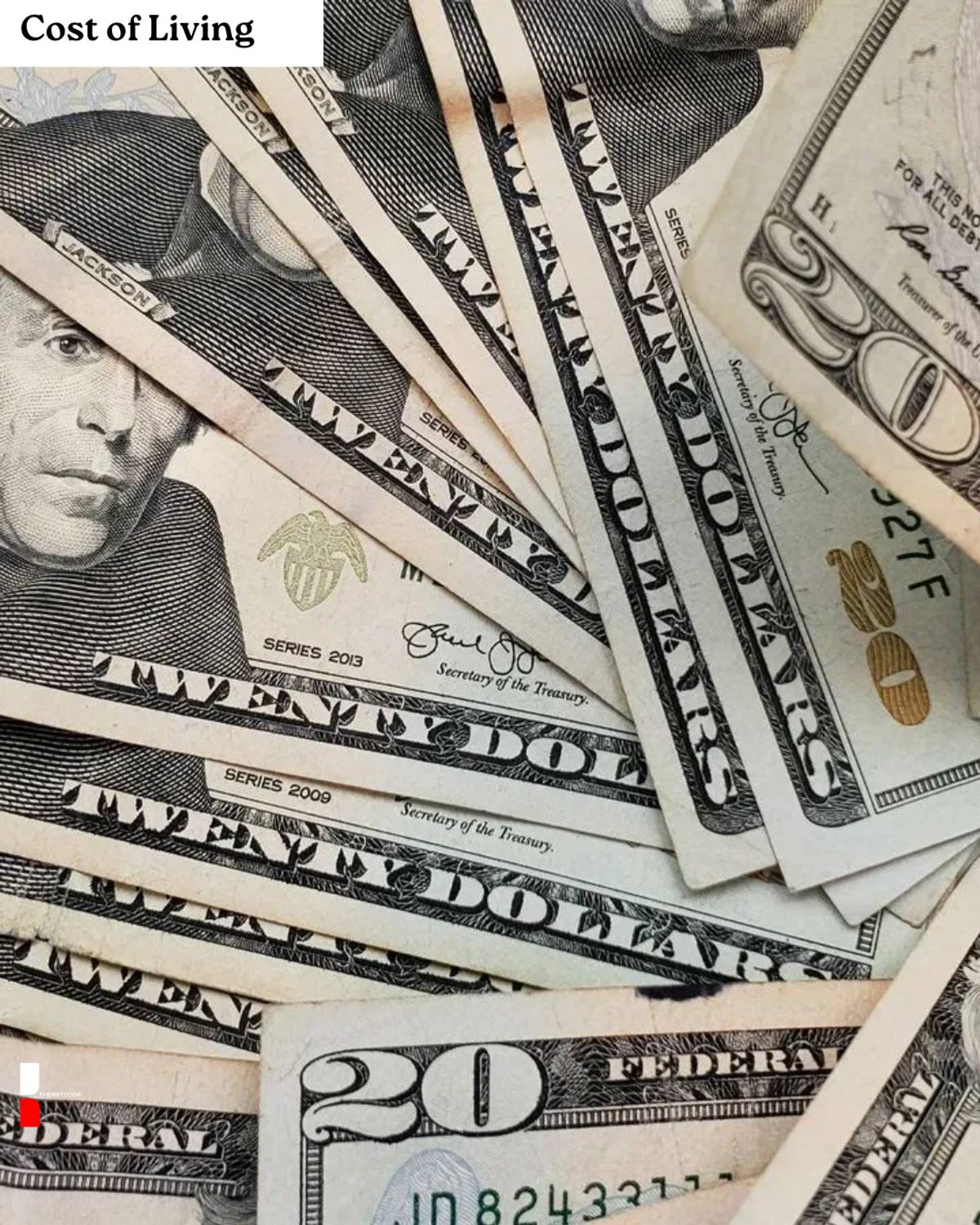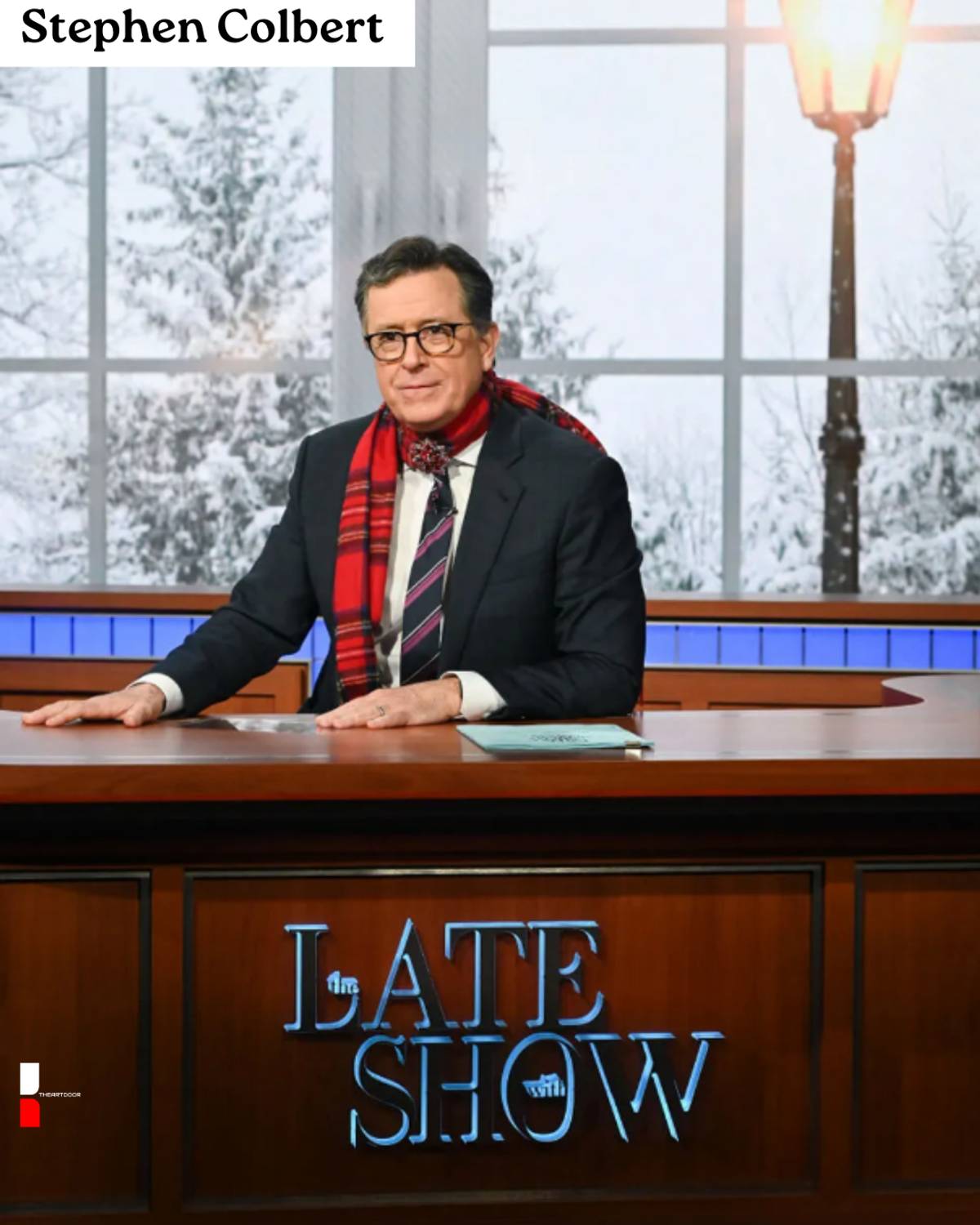The Wealth Gap Widening: Why the Rich Keep Climbing and the Poor Keep Struggling
By Tanvi Ibrahim Patankar
ShareAs billionaires double their fortunes and luxury property sales hit record highs, another story runs quietly in the background, one of rising debt, shrinking savings, and growing insecurity for millions.
The gap between rich and poor isn’t just about numbers. It’s about access to education, technology, healthcare, and opportunities. And unless we address the root causes, this divide will become a canyon.

Photo: T. Harv Eker
What Exactly Is Wealth Inequality?
Wealth inequality isn’t just about how much money you make, it's about the difference in accumulated assets and opportunities.
The wealthy don’t just earn more, they own more: property, stocks, intellectual property, and networks. These assets generate passive income, allowing their wealth to grow exponentially without them working harder.
“The poor work for money; the rich make money work for them,” says Ritu Bansal, a Delhi-based economist. “And the system, as it stands, rewards those who already have a head start.”
A Silent Crisis Across India
While India’s GDP grows and stock markets break records, household budgets at the bottom are breaking too.
According to Oxfam’s 2023 report, the richest 1% of Indians hold over 40% of the nation’s wealth, while the bottom 50% own just 3%.
Take the example of Sunita, a garment worker in Bengaluru. During COVID-19, she lost her job and dipped into her small savings to survive. Meanwhile, India’s wealthiest saw their fortunes soar as stock prices and digital businesses boomed.
Photo : Tejimandi
The Cost of Inequality
The widening wealth gap has consequences that ripple through society:
- Education Divide: Wealthy families can afford better schools, tutors, and overseas degrees, perpetuating privilege.
- Healthcare Gap: Quality treatment becomes a luxury for the poor, leading to lower life expectancy.
- Debt Traps: Without assets, the poor borrow at high interest, often from informal lenders.
- Digital Divide: The rich leverage technology for growth; the poor get left behind in the job market.
- Political Influence: Wealth buys lobbying power, shaping policies that often favor the already advantaged.

Photo : Nicspaull
Why Are We Here?
The divide isn’t accidental it’s systemic:
- Unequal Access to Capital: Banks prefer lending to those who already have collateral.
- Tax Structures: Loopholes allow the ultra-rich to minimize taxes, while indirect taxes hit the poor harder.
- Education Gaps: Schools in low-income areas lack resources to prepare students for high-paying careers.
- Asset Appreciation: Property, stocks, and businesses grow in value — assets the poor don’t have to begin with.
- Intergenerational Wealth: Wealth is inherited, poverty is too.
“We call it the trickle-down effect, but often it’s more like trickle-away,” says Harish Mehta, a Mumbai-based social policy expert.
What the World Can Teach Us
- Norway & Finland: Heavy investments in public education and healthcare level the playing field.
- Singapore: Encourages savings through mandatory CPF accounts that build retirement security for all.
- South Korea: Government subsidies for SMEs help close the gap between wage earners and capital owners.
- Brazil: Conditional cash transfer programs reward low-income families for keeping kids in school and getting health checkups.
A Path Forward for India
- Progressive Taxation: Close loopholes and ensure the wealthy contribute fairly.
- Universal Basic Services: Strengthen free healthcare, education, and digital access.
- Financial Literacy: Teach not just income management but asset creation from school level.
- Access to Capital: Support microfinance, women entrepreneurs, and rural credit without predatory interest rates.
- Job Creation in New Sectors: Bridge the skill gap in technology, green energy, and manufacturing.
Closing Thought
If the rules of the game favor those who start ahead, we can’t be surprised by the outcome. The goal isn’t to take away wealth but it’s to ensure everyone has the tools and opportunities to build it.
Because when the gap gets too wide, the economy doesn’t just become unequal but it becomes unstable. And stability is in everyone’s interest, rich or poor.



